
Published:
Readtime: 22 min
Every product is carefully selected by our editors and experts. If you buy from a link, we may earn a commission. Learn more. For more information on how we test products, click here.
As urbanisation grows, apartment living in Australia is more popular than ever, with 1 in 5 households now being apartments, up from 1 in 7 in 1991. Interestingly, this trend coincides with a surge in small dog ownership, given the constraints of compact living spaces. The 2021 Census data reveals that 10.3% of Australians, equating to over 2.5 million people, reside in apartments, predominantly in NSW.
Moreover, with dogs reigning as Australia’s favourite pets, there are 6.4 million dogs in the country, with the pandemic also contributing to a rise in pet ownership. Therefore, identifying the best dog breeds suitable for apartment living becomes crucial for ensuring both the happiness of the pet and the comfort of urban residents.
Choosing the right dog is a bit more involved than just selecting a breed that will fit in your home and calling it a day, though. You have to take the individual dog’s temperament into account, as well as your own behaviour, before making such a big decision.
So, to help you pick out your new best friend, we chatted with University of Melbourne’s canine welfare researcher, Dr. Mia Cobb, and dove deep into how best to keep our companions happy, healthy, and, ultimately, safe.
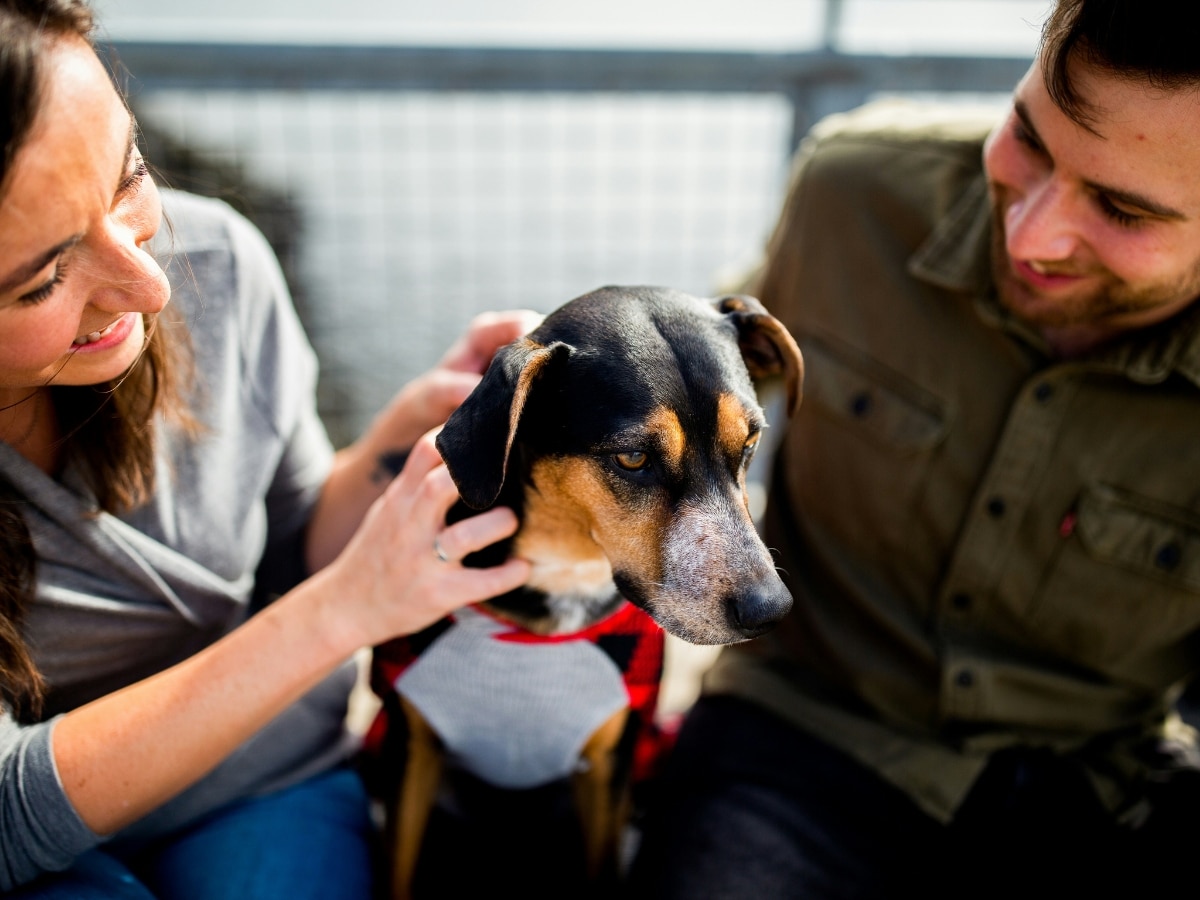
What to Think About Before Adoption
You might’ve always wanted a dog, or your kids might be pining for one, but the most important decisions around getting a dog actually happen well in advance of D-Day. It’s important to really, really think through what you and your family are hoping to accomplish by adding a new member to the family to ensure you’re not setting the little guy or gal up for failure.
“The first thing to remember is that this is essentially a commitment for the lifespan of the dog, and that really involves thinking through ‘what does my next 15 years look like, and am I prepared to be responsible for another living animal for that period of time?,” Cobb told us.
“Secondly, it’s important to think about where that animal is coming from, and what choices we’re supporting with the choices we make there.”
We all know that it’s tempting to choose a dog online and just head to the breeder to pick them up, but that’s probably the worst possible way you can go about it. Puppy farms are a legitimate issue in the pet space, and while not all farms treat the animals poorly, it’s important to visit your prospective partner in person and view them (and their parents, in an ideal scenario) with a bit of objectivity.
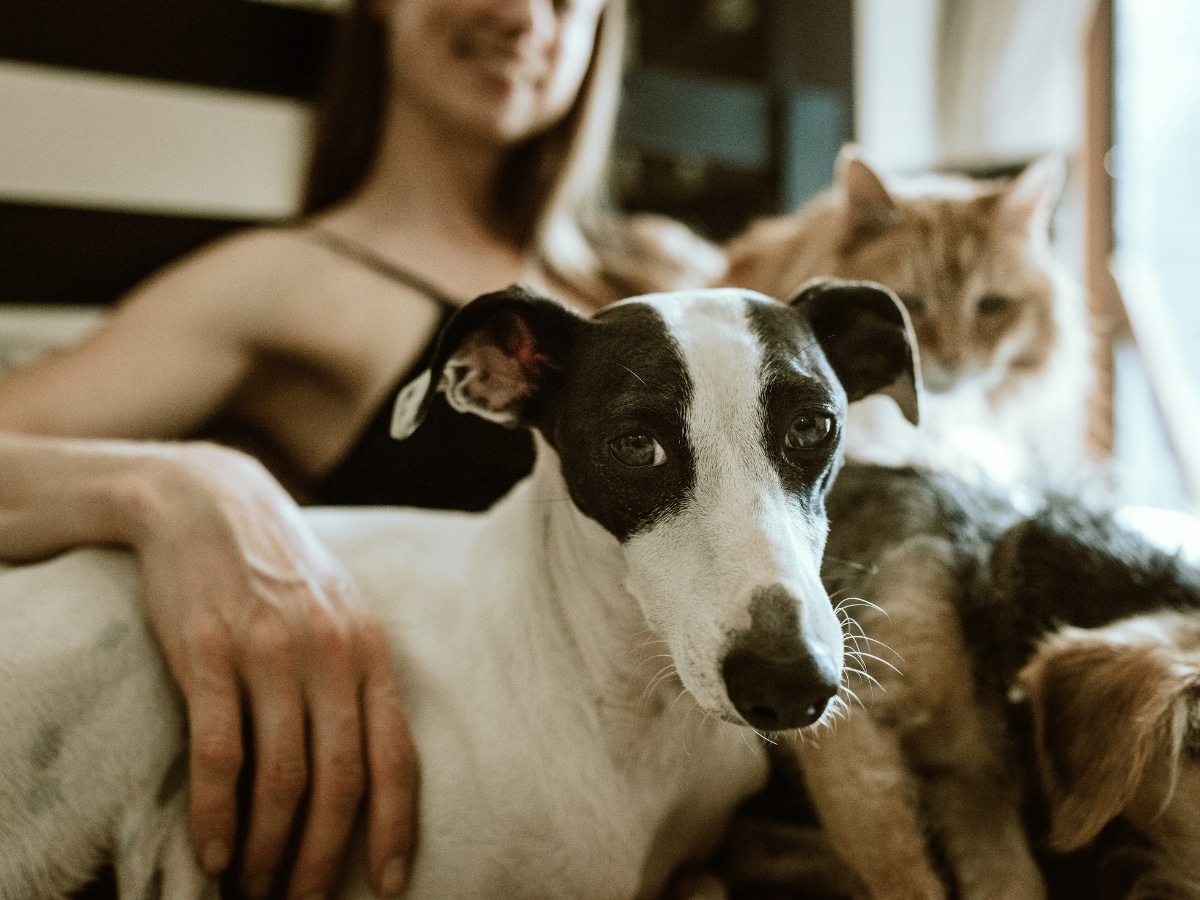
“I’d really encourage people to go and visit the puppy and get to know them before they purchase them, whether that be from a breeder, or a shelter, or a more commercial setting, to go and get to know it as an individual,” Cobb said.
“There are some red flags to look out for: if the puppy just won’t settle, and won’t stop to lie down, it’s probably not going to be the best fit for an apartment companion unless you’re a marathon runner .”
It’s also worth remembering that dogs are social animals, and haven’t evolved to spend a lot of time alone. A lot of puppy-purchasing tends to happen around the holidays, or at a time when people are about to be at home for a fairly long period of time, but it’s important to ensure that you train the dog to be comfortable without you as well. When you inevitably go back to work, or the holidays are over, and they find themselves home alone for the first time, it can be a very negative experience for everyone involved.
A frustrated dog can destroy furniture, bark and howl, and will, obviously, be unhappy. Teaching a dog to be comfortable alone for even a few hours is an important part of a dog’s training that is often overlooked and can lead very otherwise well-behaved puppies to act out when you’re not home.
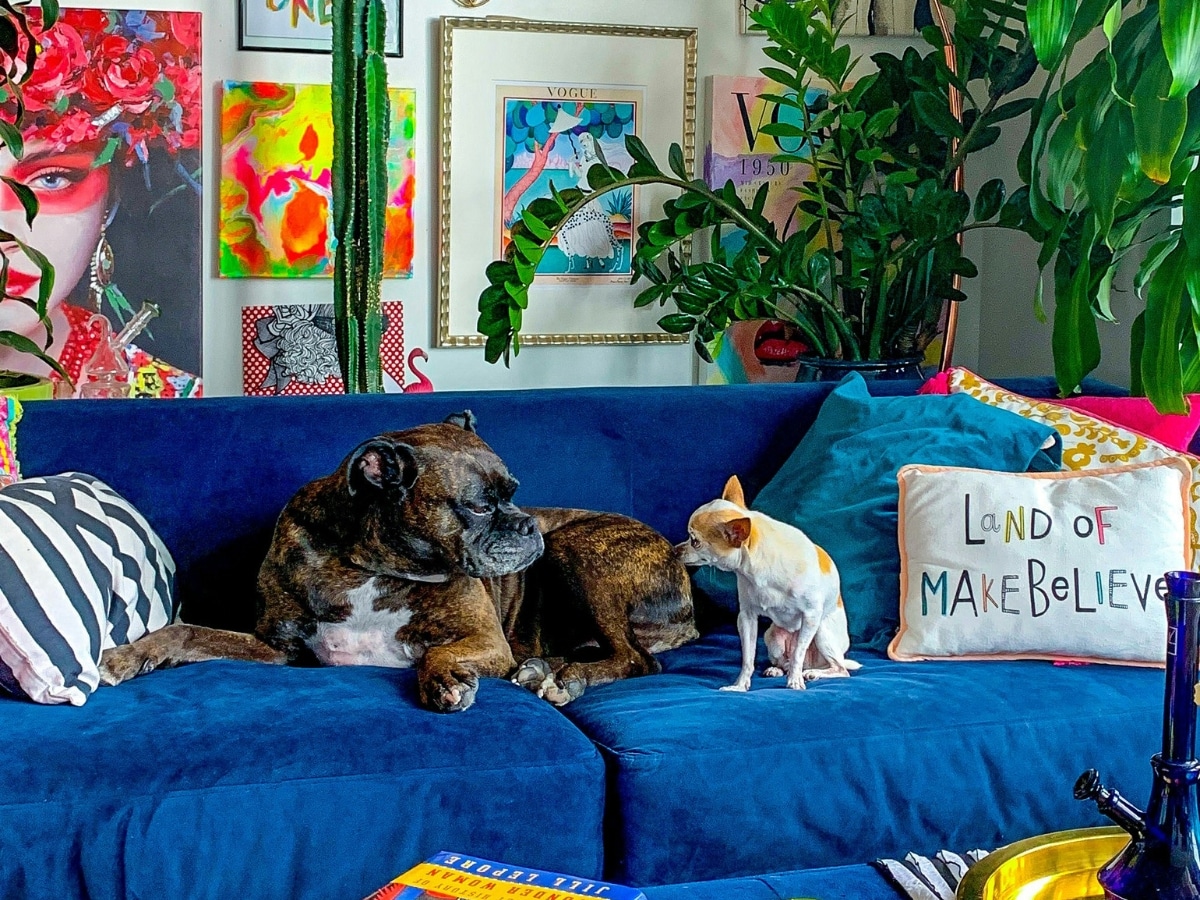
Breed Matters, but Temperament Matters More
While we do offer some advice around different breeds further below, it’s worth remembering that every dog is a product of its environment and experiences. In other words, just because you read that a Cavalier King Charles Spaniel is a great dog for small spaces (which it is), if that dog has had a traumatic upbringing, is left alone constantly, and is only exercised once a week it’s probably going to be a pain in your ass: plus, it’ll be miserable, which we don’t want.
Every dog is an individual, just as people are, and while there are similarities within breeds it’s more important to take a dog’s individual temperament into account when choosing the one that’s right for you.
“Dogs are more than just their genetic code. A lot of effort has gone into predicting which working dogs are going to be successful, and which will fail, so that investments can be made more accurately, but we’ve found that that kind of predictive validity is pretty shit,” Cobb said.
“And it’s the same in shelters: we try to predict what a dog will be like when it goes home, but a shelter is such an artificial environment that it’s really hard to tell.”
You can definitely influence a dogs behaviour and reactions to things through reward and training, but making sure you have a more compatible training partner will make everyone’s life easier in the long (and short) run. This, again, is why it is important to meet the dog ahead of time and really pay attention to the way that it acts, how it interacts with its litter or kennel mates, and how it responds to new faces.
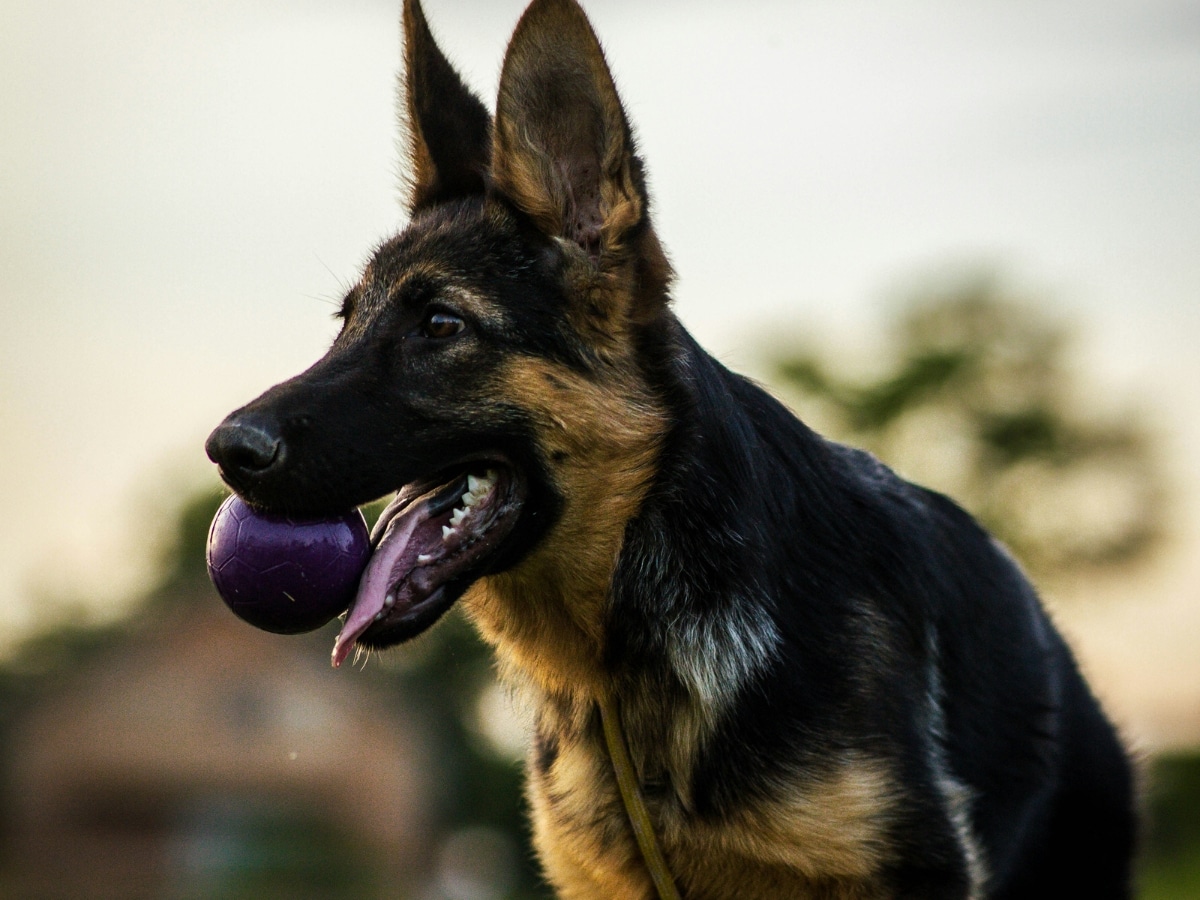
What This About Training?
Okay, so you’re set on getting a dog. Congratulations! Now the hard part begins. Puppies can be little bastards, but its important that you know what you’re getting into and how to encourage good behaviours, and discourage bad behaviours, ahead of time. Some dog breeds are easier than others to train, while others (as we’ll see in our list below) come hardwired with some serious attitude and will make it as difficult as possible.
That might mean that, depending on which breed you pick up, you’ll be able to handle training on your own with a handful of treats, or it might mean you need to hire someone with the skills necessary to help out where needed.
Either way, it’s important to remain patient with your training partner, always practice positive reinforcement and reward good behaviour, and, importantly, keep training sessions short: just like we struggle to maintain attention on a demanding task for long periods of time, so to do our fluffy friends. It’s a good idea to keep training sessions no longer than around 15 minutes to keep them snappy and engaging.
The most important rule, however, is to not punish bad behaviour. If the dog is doing something you don’t want it to do, i.e. barking, you’re far better off rewarding them when they’re not reacting, rather than yelling at them when they do. That way your dog learns what to do and makes positive associations, rather than making negative associations and fearing repercussion.
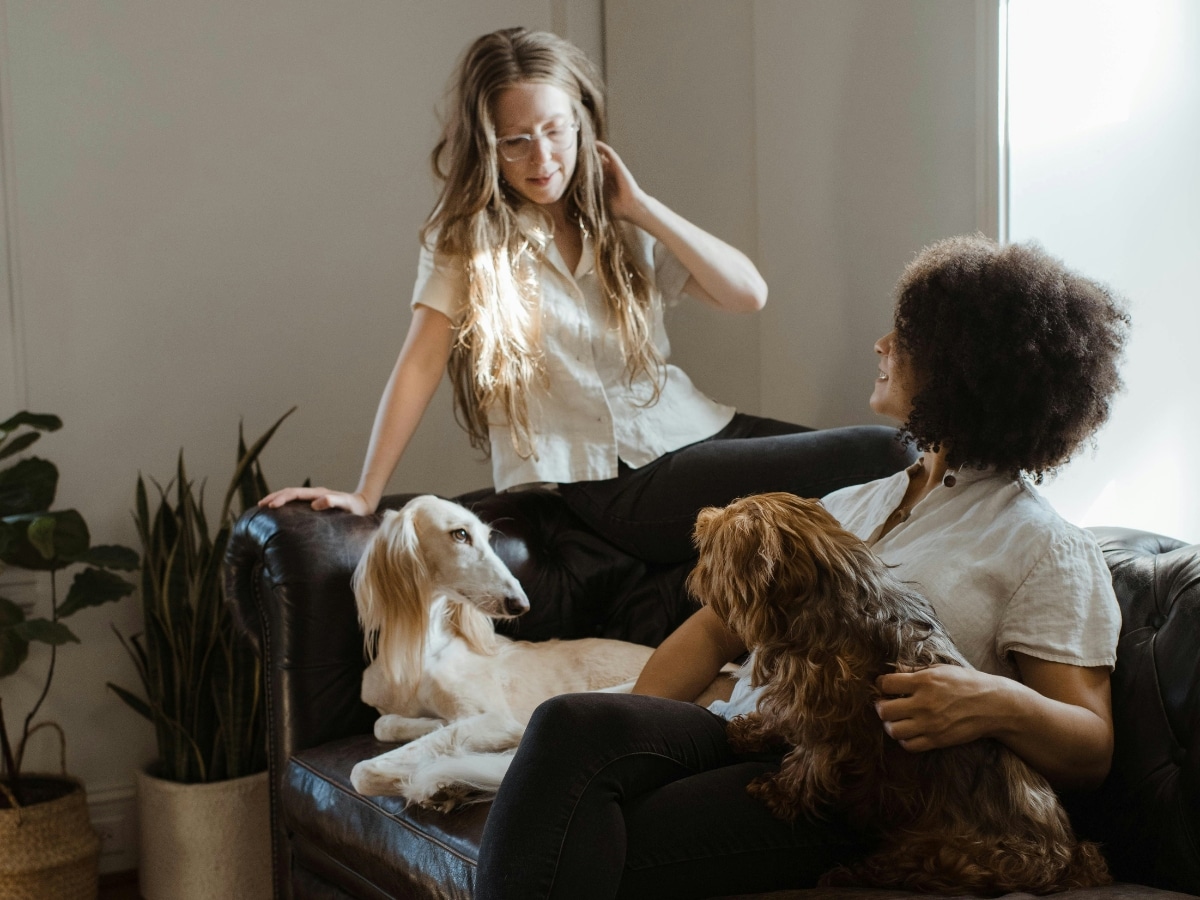
How to Keep an Apartment Dog Entertained
There will come a time where you’ll have to leave your dog at home alone, and we’re here to help make sure that goes as smoothly as possible. Thankfully, there are actually a lot of things you can do to entertain your dog even when you’re not around – they just take a bit of forethought.
“Some dogs really like having the TV left on, or music playing, but not all dogs do,” Cobb explained. “And if you do leave them on, it doesn’t have to be too loud – remember that dogs sense of hearing is a lot better than ours, so you can keep it pretty low.”
We tend to think that we need to do something visual (such as the TV) to entertain our dogs, but their main sense is actually smell. To utilise that, you could keep treats in a towel and hide them away somewhere – it’ll give the dog something to search for while you’re gone, and will provide some mental stimulation that doesn’t get turned on when food is put in a bowl in front of them.
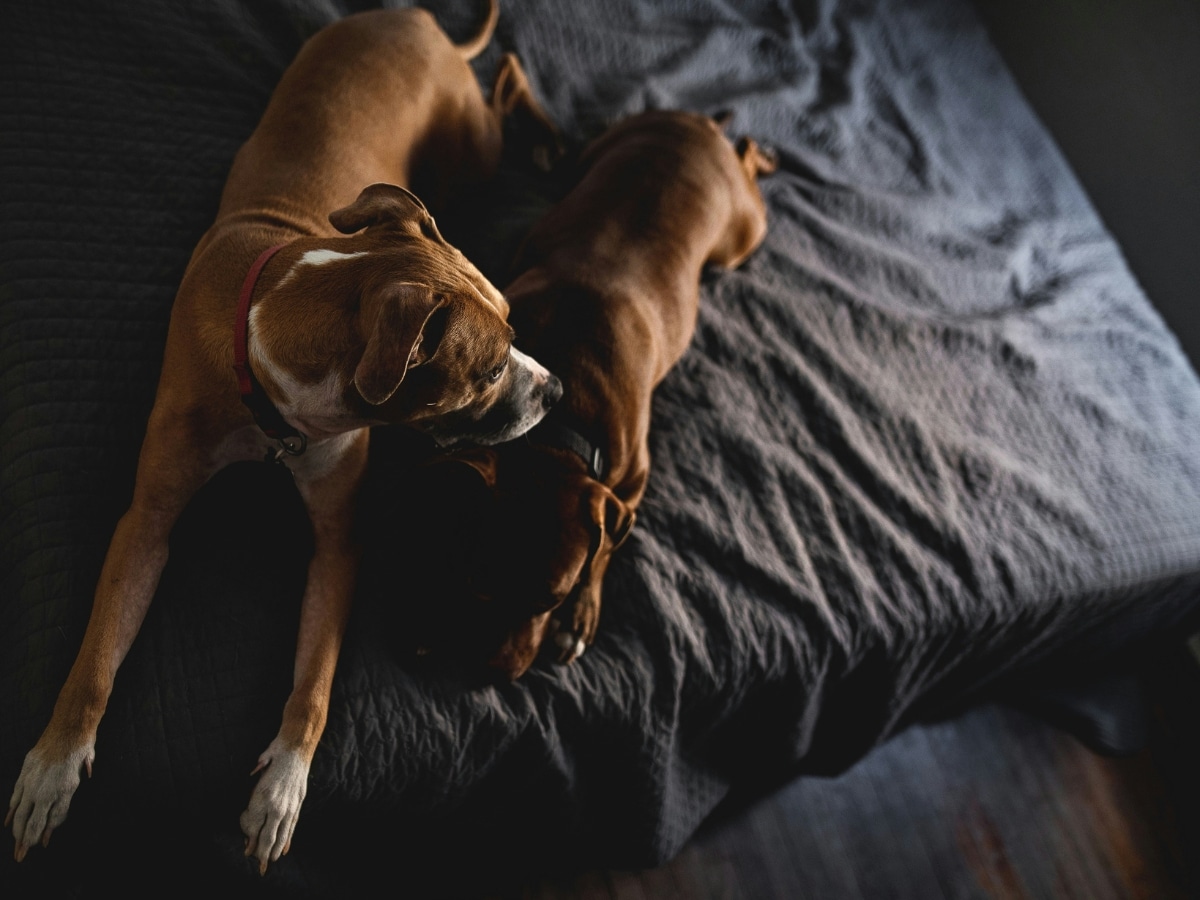
Additionally, don’t be afraid to give dogs free reign to explore the full home. A lot of people don’t like dogs on their bed, but that can actually be a coping strategy if your dog is feeling stressed.
“Some dogs like having access to their owners bed, so they can have access to that big, rich smell that can help make them feel more comfortable,” Cobb said.
Again, if you’re not going to adopt twin dogs at the same time, it’s worth acclimatising your dog to spending time alone during the early stages of its life. That way, when you step out for hours at a time, it already knows that you’re coming back and won’t panic.
The Best Dog Breeds for Apartment Living
Here, we’ve chosen a number of different breeds across different sizes to help you make the right call in your new partner. Remember, a dog’s individual temperament matters more than its breed, but its breed can serve as a baseline to start from.
It’s worth remembering that when free of human influence most dog breeds tend to fall within the medium-sized category. What does that mean? Well, it means that, when not bred for specific looks or working purposes, the wild dog largely evolved to look somewhat like a dingo, and the larger and smaller we’ve made them for our own gain the more health complications arise. If you’ve ever heard a pug or bulldog snoring and panting through their adorable snouts, it’s because those aren’t natural, and wouldn’t cut it in the wild.
All of that is to say that you can absolutely pick up a small or large dog, but go into that decision knowing that there may be some health-related consequences: whether that be from heart disease, joints being under pressure, or the aforementioned respiratory problems.
Small Dogs
Small spaces require small solutions, and sometimes a small dog is the best fit. However, don’t be fooled: even the smallest dog will still require attention, care, and exercise to live its best life. In saying that, here are a few great breeds to get you started.
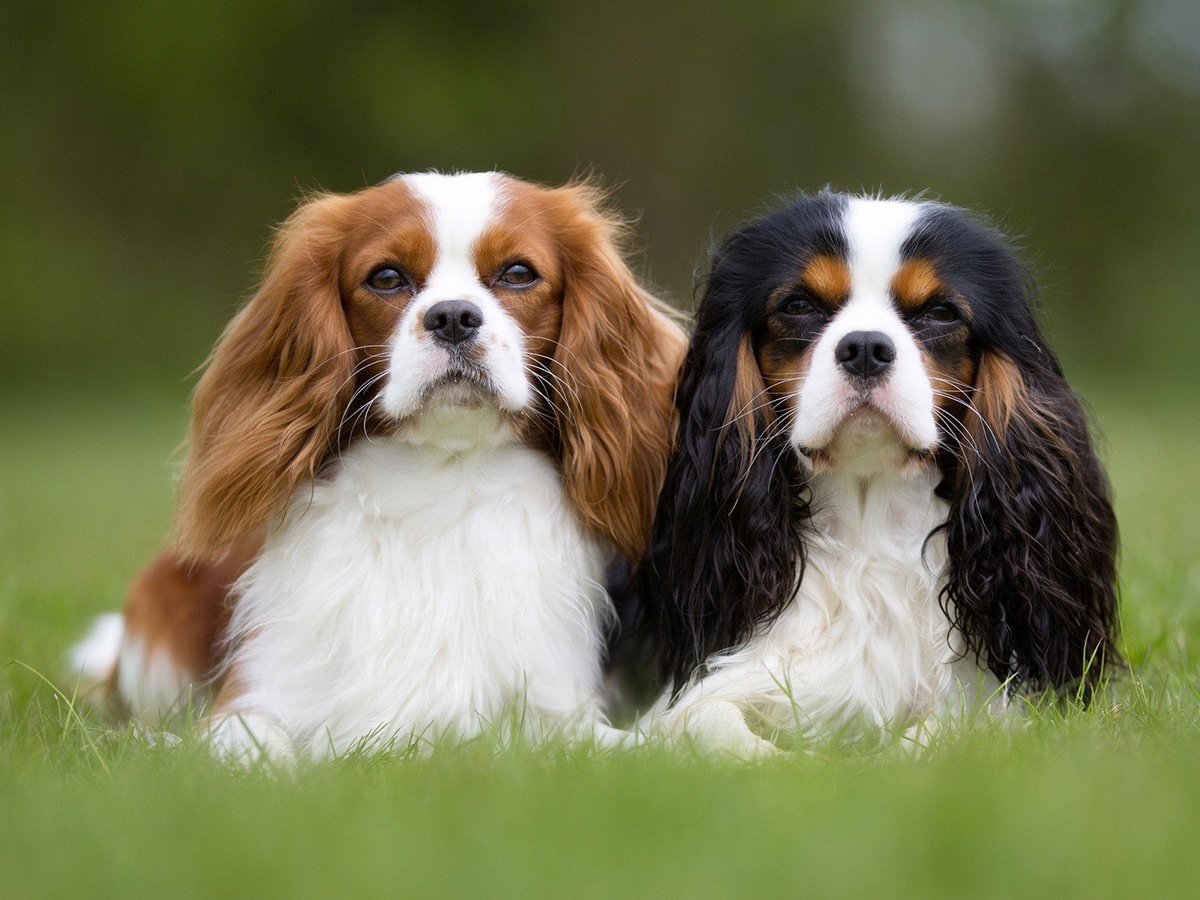
Cavalier King Charles Spaniel
- Size: Approximately 30 cm
- Weight: 6 to 8 kg
- Lifespan: 9 to 14 years
- Temperament: Friendly, playful, and affectionate
- Training: Relatively easy to train
- Exercise: 30 minutes of light exercise per day
- Grooming: Regular brushing required
The quintessential companion dog, the Cavalier King Charles Spaniel is a fantastic choice for not only apartment dwellers, but first time dog owners. Well known for their relaxed attitude, affectionate behaviour, and playful demeanour, Cavalier King Charles Spaniel do well in almost any setting, and have only minimal exercise needs.
Adding to its easy-going nature, Cavalier King Charles Spaniel is relatively easy to train and highly intelligent, which, in the right context, can lead to a successful partnership between man and dog. They aren’t particularly interested in exploring the world, and are far more interested in staying comfortable with their humans.
They do, however, form very strong attachments to those humans, and if left alone for too long will become distressed. If you’re someone who expects to be away a lot, you’d probably be better off finding another breed, but home bodies or multi-person homes that can ensure the dog is rarely alone will have much to gain from a Cavalier King Charles Spaniel’s companionship.
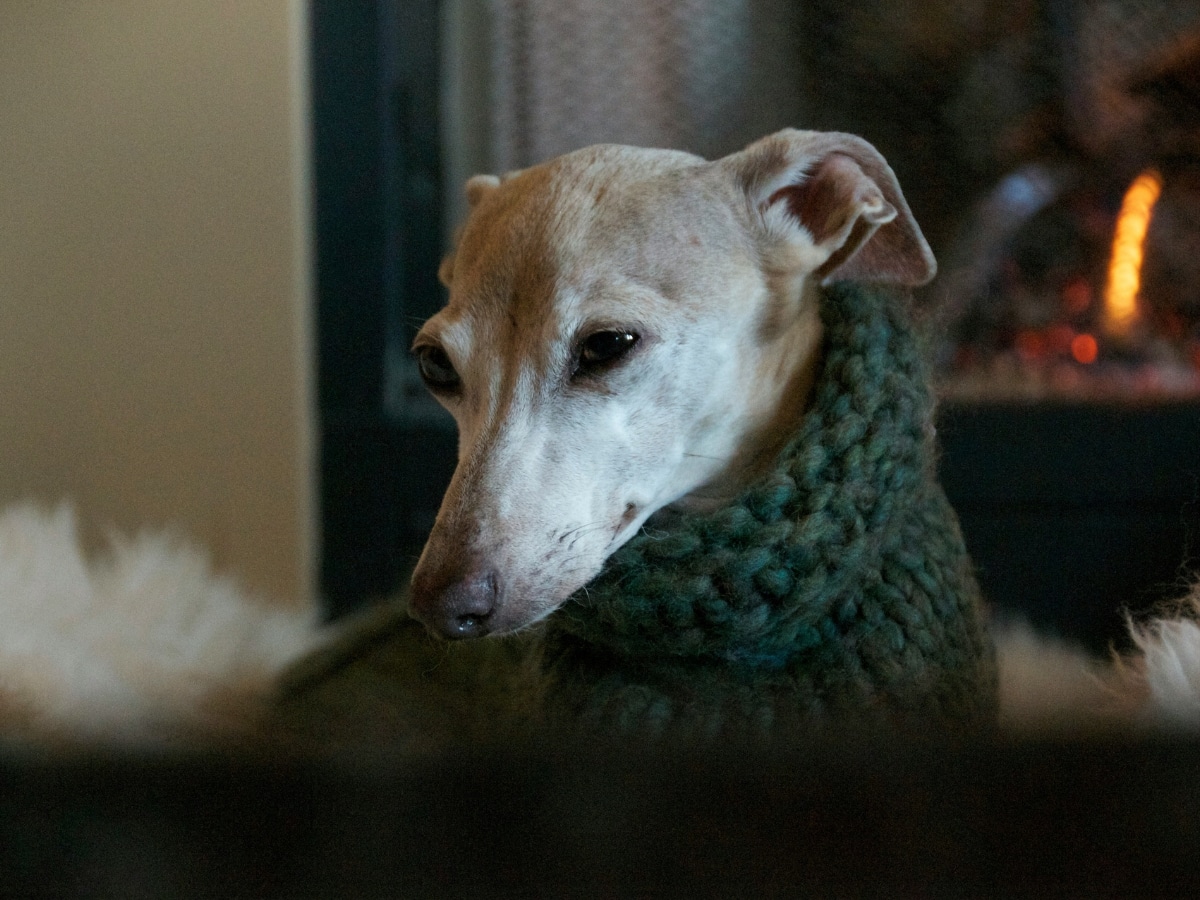
Italian Greyhound
- Size: Approximately 40 cm
- Weight: 5 to 8 kg
- Lifespan: 12 to 15 years
- Temperament: Gentle, Relaxed, Affectionate
- Training: Relatively easy to train
- Exercise: 30 minutes of light exercise per day
- Grooming: Minimal
Greyhounds have garnered a reputation for being incredibly active dogs thanks to their popularity as racing dogs, but the reality is that they are actually very well behaved dogs with minimal exercise needs. The Italian Greyhound, which is a smaller variant of the breed, is even less active than its bigger brother, needing low levels of exercise each day and being happy to laze about for the rest of the day.
In saying that, Italian Greyhounds do not like cold weather, and don’t like being alone. If you’re going to take your little buddy out on a walk during Winter, make sure they’ve got a jumper on! Additionally, the Italian Greyhound needs companionship, so don’t love them and leave them.
If you can be there for them, Italian Greyhounds are excellent partners in crime that do very well with kids, though do tend to have a high prey drive, so keep them on a leash when you’re not in a fenced-off dog park, and test the waters before letting them run free.
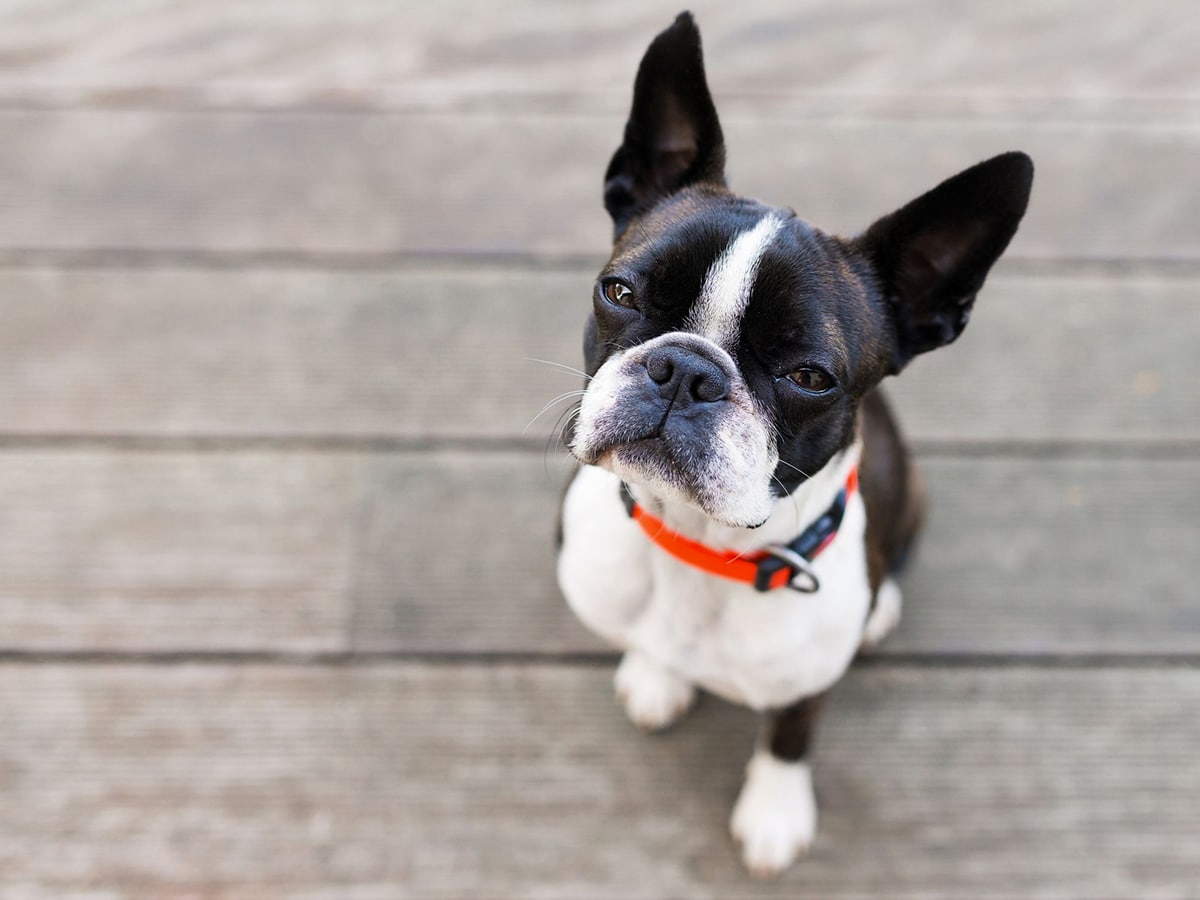
Boston Terrier
- Size: 30 to 43 cm
- Weight: 6 to 11 kg
- Lifespan: 11 to 15 years
- Temperament: Intelligent, friendly
- Training: Fast learners, but needs reinforcement
- Exercise: 30 minutes of moderate exercise per day
- Grooming: Minimal
Initially bred to be a pit fighting dog, the Boston Terrier has gone against its genetic destiny to instead become one of the most loving, friendly breeds of dog today. Well suited to apartment life, the Boston Terrier is great with kids and other pets, as well as new dog owners.
This breed is incredibly curious, and loves going on adventures to see new things. In saying that, it also needs a fair bit of exercise for a small dog, so is ideal for those with a tendency to explore the world around them, or those that are happy to go on daily trips to the dog park.
Once satisfied, however, the Boston Terrier is a happy homebody that will cuddle up or relax with their owner. They’re relatively easy to train, but respond best to positive reinforcement: getting frustrated or angry will only make a Boston Terrier get scared, and they’ll take it personally. Instead, reinforce good behaviour with treats rather than delivering punishments.
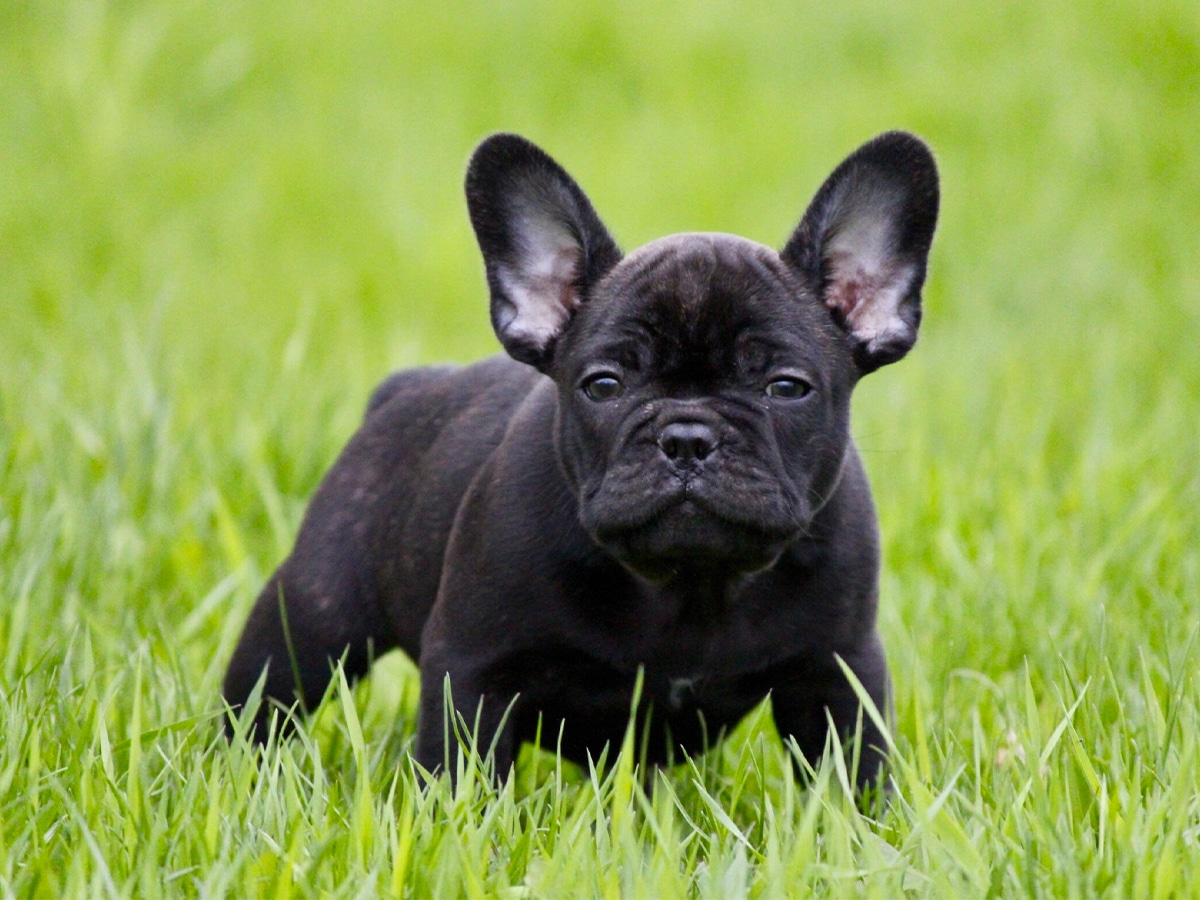
French Bulldog
- Size: 28 to 30 cm
- Weight: 7 to 12 kg
- Lifespan: 10 to 14 years
- Temperament: Social, affectionate, relaxed
- Training: Can be stubborn, but respond well to reward
- Exercise: 30 minutes of minimal exercise per day
- Grooming: Minimal
Our final small dog, but certainly not the last, the French Bulldog is a staple of not just small-space pet ownership, but of dog lovers worldwide. They’re incredibly cute, since they basically look like a puppy for their entire lives, but they’ve got a lot of personality to show – made more intense due to their expressive facial features.
While the Frenchie packs a lot of attitude into a small frame, they can also be quite stubborn, which can make training difficult for first-time owners. However, most French Bulldogs respond well to rewards, and so can be trained with the right approach. Just be prepared for some tantrums and pushback.
They’re also generally quiet dogs, and aren’t likely to frustrate your neighbours with excessive barking. In saying that, as with most companion dogs, they tend to bond to their people and get stressed when you aren’t around for too long. As with any dog adoption, ensure you’re able to actually be there for the little one before you bring them home.
Medium Dogs
If you’re not after a lapdog, but also don’t want something the size of a pony taking up most of your one-bedroom apartment, a medium dog is probably the right call. These breeds can have higher exercise and grooming needs than their smaller (and bigger) cousins, but make up for it in variety, personality, and loyalty.
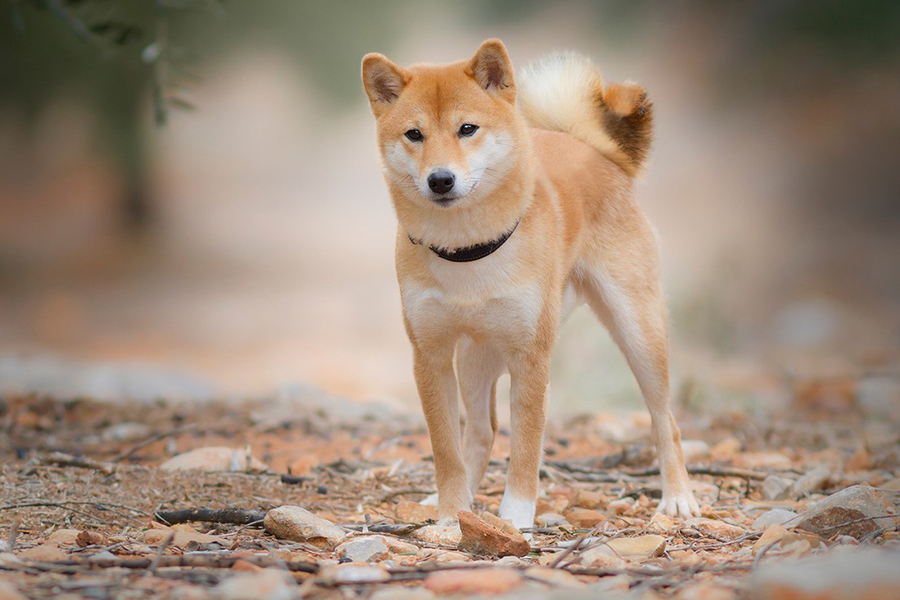
Shiba Inu
- Size: 33 to 40 cm
- Weight: 8 to 12 kg
- Lifespan: 12 to 15 years
- Temperament: Alert, protective, charming
- Training: Difficult to train
- Exercise: 30+ minutes of moderate exercise per day
- Grooming: Regular brushing
Ah yes, Doge. The infamously smirking dog meme certainly catapulted the Shiba Inu into the cultural lexicon, but it was already a popular breed with those in the know. Looking like a mix between a fox and a teddy bear, the Shiba Inu is a deceptive dog – being able to jump between well behaved and ill mannered at the drop of a hat.
This is, largely, due to their independent spirit. They’re difficult to train, incredibly smart, and always alert. With this breed in particular, training needs to start early, and you’d probably be best served by using a dog trainer that understands the breed’s pros and cons: there’s a bit of reverse psychology involved that makes training the Shiba Inu not for the faint of heart.
If you get it right, though, you’re graced with a protective, personality-filled partner that will do its best to keep you safe, as well as cuddle and rest with you. Socialisation with other dogs and people is important, as is exercise, so dog parks are a must for these dogs. In saying that, keep them on a leash: they’re known for chasing and harassing smaller dogs.
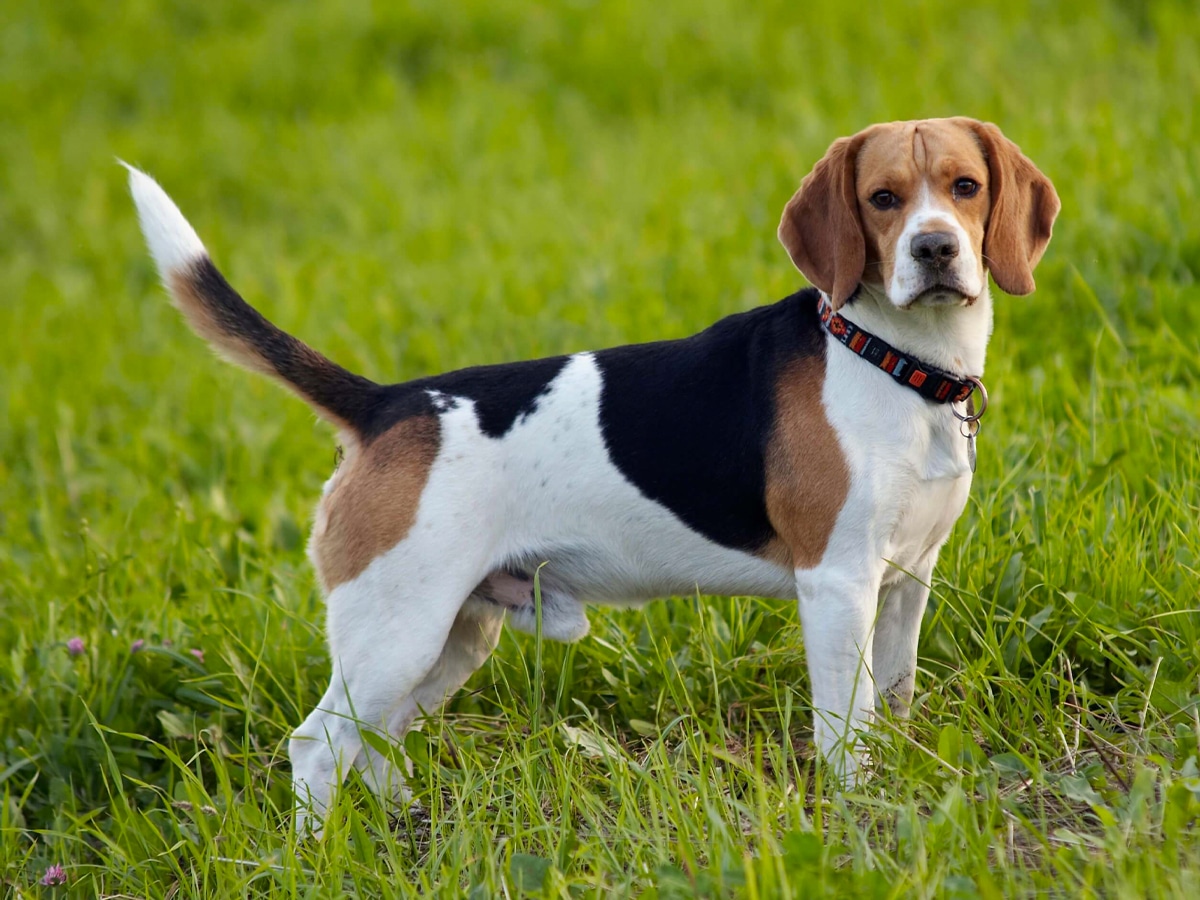
Beagle
- Size: 33 to 38cm
- Weight: 8 to 13 kg
- Lifespan: 10 to 15 years
- Temperament: Intelligent, Curious, Gentle
- Training: Difficult to train
- Exercise: 30+ minutes of moderate exercise per day
- Grooming: Regular brushing
The Beagle is an infamously cute dog, but it can also be quite a difficult dog to keep in small spaces if you aren’t prepared. This breed requires a lot of mental stimulation and exercise, or it will become frustrated and unhappy.
However, if you are an active person who likes exploring new places, a Beagle could very well be the perfect partner-in-crime. The Beagle was bred by the English to track and retrieve small game, and, as such, they have a high prey drive and will lock on to any movement or scent nearby. It’s important to ensure Beagles are kept on leashes to keep them, and other smaller animals nearby, safe when out exploring.
Good training is also necessary: these are very intelligent and stubborn dogs that get distracted easily. As such, it’s encouraged to get some help from a professional, and keep some particularly smelly treats on hand.
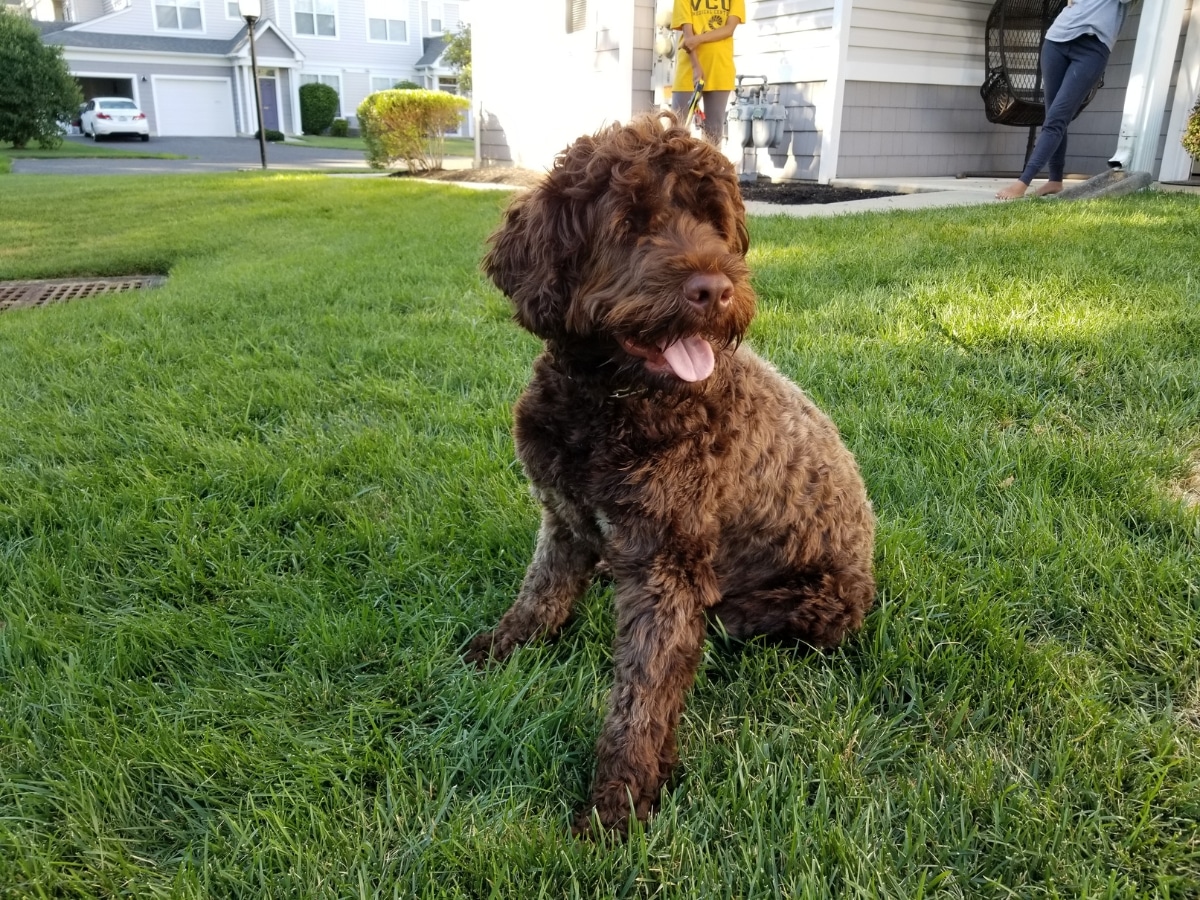
Portuguese Water Dog
- Size: 40 to 55 cm
- Weight: 15 to 25 kg
- Lifespan: 10 to 14 years
- Temperament: Intelligent, Loyal
- Training: Relatively easy to train
- Exercise: 30+ minutes of moderate exercise per day
- Grooming: Regular brushing
A breed that has seen a recent resurgence thanks to former US president Barrack Obama’s pet dog Bo, the Portuguese Water Dog is an exceptionally good family dog. Kind, loyal, and gentle, the ‘Porto’, as it is affectionally known, is also great for those of us with allergies thanks to its naturally-hypoallergenic and water-resistant coat.
However, of all the breeds on this list, the Porto also likely has the highest exercise needs. Having been used for tasks ranging from fishing, game hunting, and herding, they’re used to expending a lot of energy every day and, when they don’t get that outlet, can get frustrated and misbehave. If you’re someone that likes to go for daily runs and long hikes or beach days on the weekend, that’ll keep them entertained, but if you’re more partial to a movie marathon you’ll run into some issues.
Thankfully, the Porto is fairly easy to train and are typically eager to please, meaning that as long as you keep up with their daily exercise needs they’ll be a well-behaved companion.
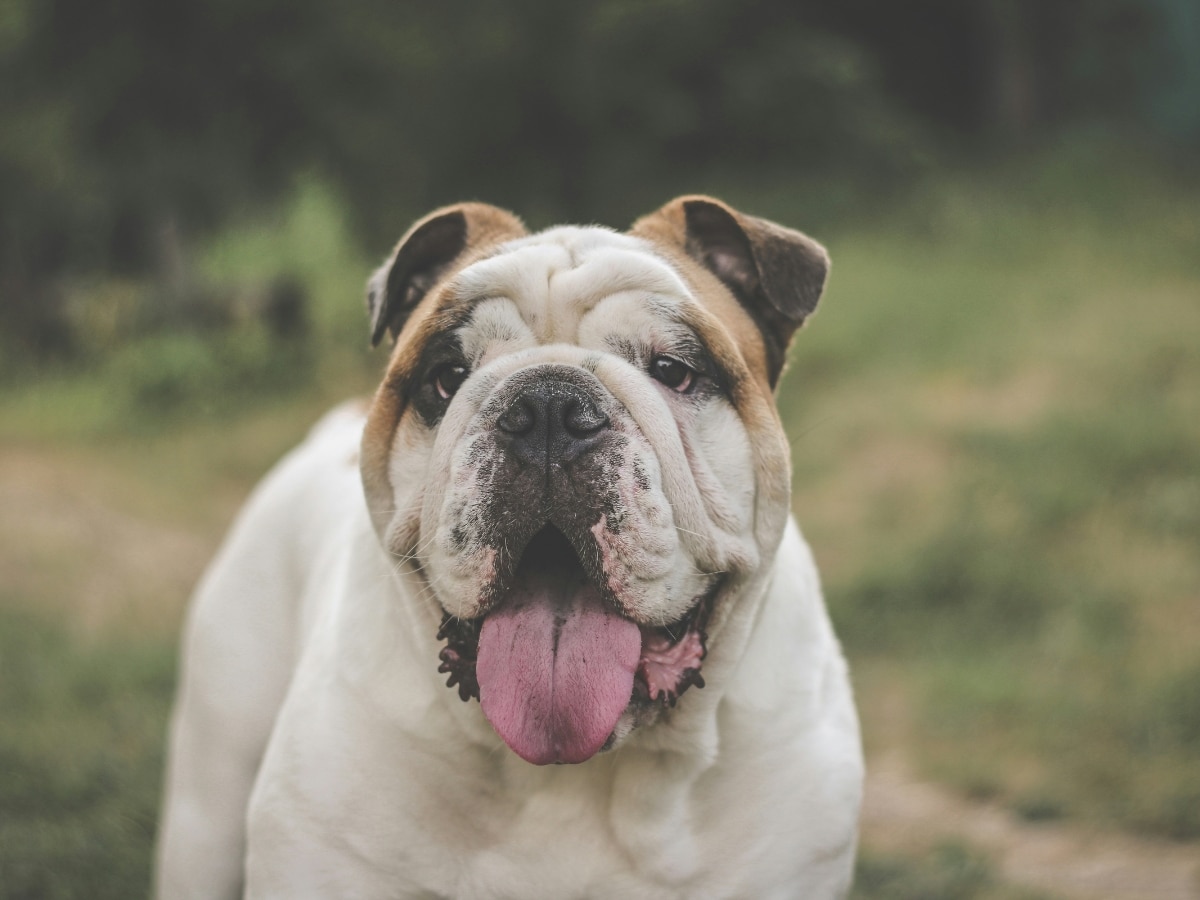
English Bulldog
- Size: 30 to 38 cm
- Weight: 18 to 22 kg
- Lifespan: 8 to 12 years
- Temperament: Gentle, loyal, friendly
- Training: Relatively easy to train
- Exercise: 30 minutes of minimal exercise per day
- Grooming: Minimal, but make sure to clean between skin folds
The bulldog, so called because of its history in ‘bullbaiting’, is an easily recognisable breed thanks to its small, muscular frame, pushed-in snout, and fearless nature. They might look intimidating at times, but bulldogs tend to be big, drooling softies that make excellent family dogs and are just as content on the lounge as they are on the lead.
While they do have quite a few health issues thanks to how they were bred for battle and then re-bred to be docile companions, if taken care of Bulldogs can lead healthy lives and are great with kids. Plus, the breed are pretty good for first-time dog owners, with minimal exercise requirements and a loyal, charming demeanour.
Despite this, make sure to keep your Bulldog cool! They struggle to pant, one of the dog’s main ways of regulating its temperature, so maintaining an even temperature is important. Plus, if you have a pool a Bulldog might not be the best breed for you, as they struggle with swimming due to their proportions and oversized head.
Large Dogs
Yes, large dogs can fit into small spaces as well, provided you’re willing to put some extra time and effort into ensuring they’re happy and comfortable. Depending on your needs, a big dog might actually be preferable, as they’re often have lower energy than their medium-sized counterparts.
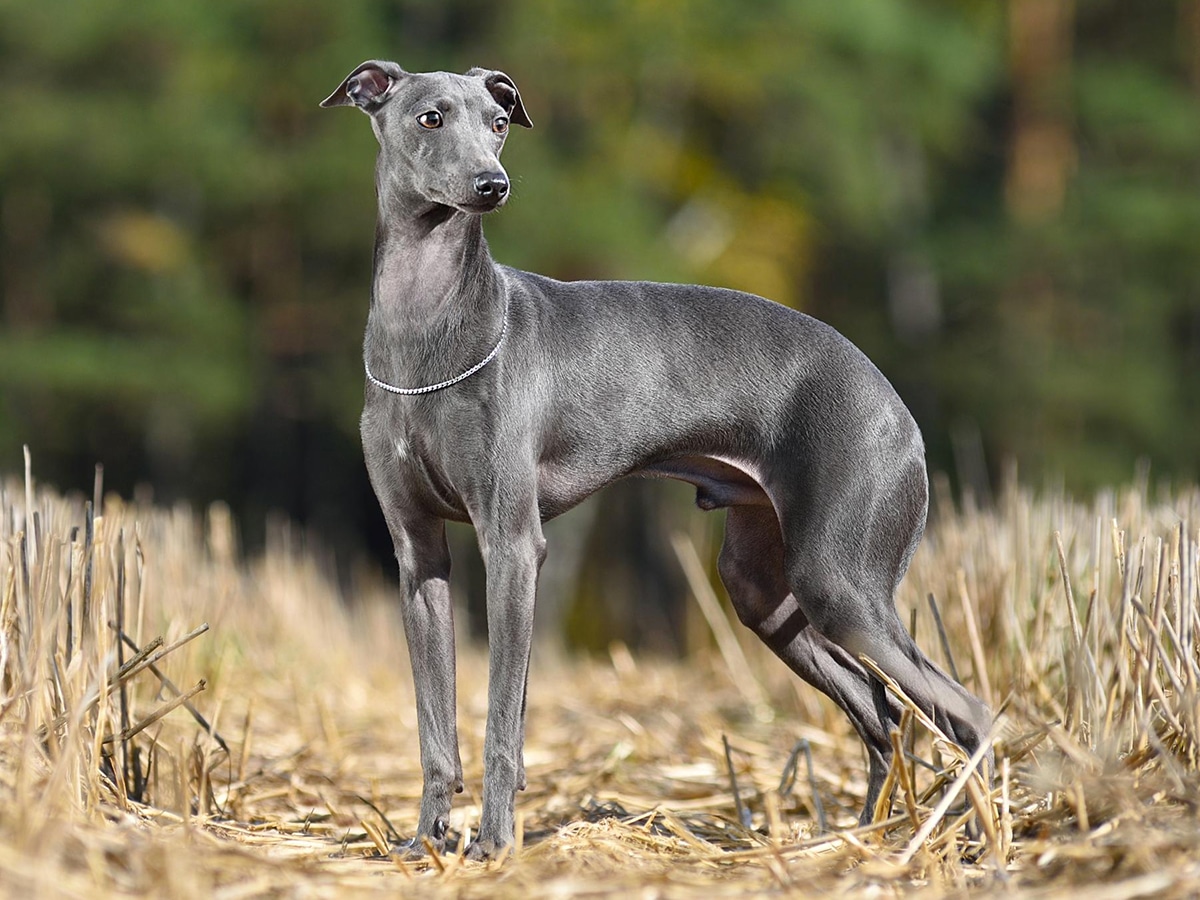
Greyhound
- Size: 60 to 75 cm
- Weight: 22 to 40 kg
- Lifespan: 12 to 15 years
- Temperament: Gentle, Aloof, Calm
- Training: Relatively easy, responds well to positive reinforcement
- Exercise: 30 minutes of moderate exercise per day
- Grooming: Minimal
The ‘fastest dogs in the world’ are also a bunch of lazy layabouts, if given the opportunity. Greyhounds may have a reputation for their (mis)use in racing, but they actually make the perfect house guests, and are more than happy to cuddle on the lounge after a bit of exercise. They’re sprinters, not marathon runners.
In an ideal environment Greyhounds are among the most gentle dogs you’ll meet, but do tend to be wary of strangers and need to warm up to newcomers. If you regularly have friends around, it’ll take some time for the Greyhound to acclimate to the changes, but once they recognise their new friends all will be well.
Thanks to their short coat, however, they struggle in the cold and so should be rugged up in the winter months. Just keep in mind that they do have a prey drive, and may chase smaller animals.
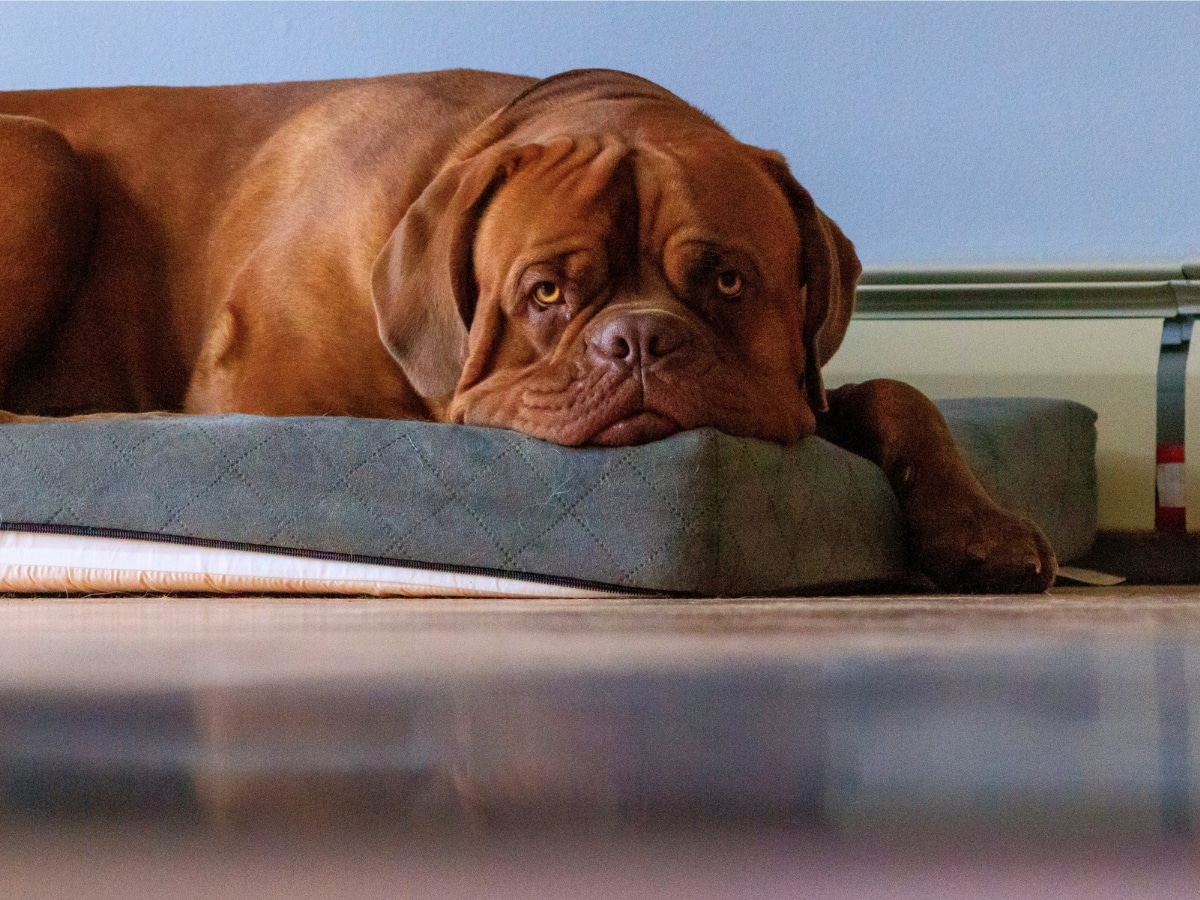
Mastiff
- Size: 70 to 80 cm
- Weight: 70 to 100 kg
- Lifespan: 6 to 12 years
- Temperament: Gentle, Calm, Loyal
- Training: Relatively easy to train, responds well to positive reinforcement
- Exercise: 30 minutes of minimal exercise per day
- Grooming: Minimal
Okay, hear me out. I know they’re massive, and drool a lot, but the Mastiff is actually more than comfortable living in a cozy space provided they are getting a bit of exercise each day (which every dog needs, I’ll remind you), and are remarkably easy to keep clean, healthy, and happy.
The Mastiff is a very relaxed breed, despite their history as dogs of war. Instead of battlegrounds, Mastiff now prefer to roam backyards and parks, while protecting their human family as a natural guard dog: it might just take a bit of training and regular exercise to get there. Thankfully they’re an intelligent breed that are fairly easy to train.
It’s worth noting, though, that they struggle in hot weather, and might accidentally find themselves bowling over little kids when excited or running. As such, be careful with playtime, and make sure you’re creating a cooler, temperate environment for your big bud to rest in.
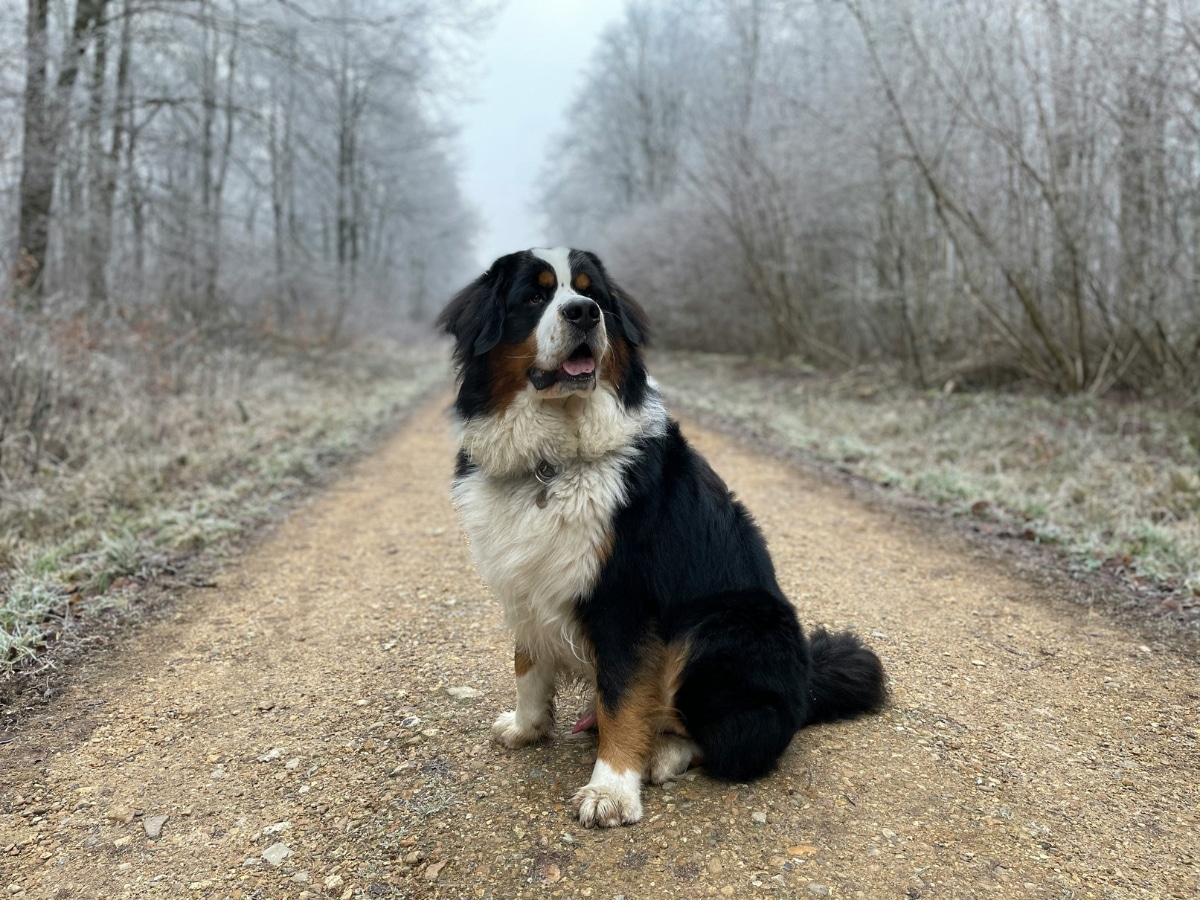
Bernese Mountain Dogs
- Size: 60 to 70 cm
- Weight: 30 to 50 kg
- Lifespan: 6 to 8 years
- Temperament: Calm, Gentle, Loyal
- Training: Relatively easy to train
- Exercise: 30+ minutes of moderate exercise per day
- Grooming: Requires regular brushing, sheds a lot of hair
Another big boy or girl, the Bernese Mountain Dog is a beautiful, gentle giant. Sporting a unique, tricoloured coat, the ‘Berner’ is an active dog and requires dedicated exercise every day: running, fetch, hiking, and swimming are all excellent activities to cycle through depending on the day.
If kept well exercised and entertained, the Berner are more than happy to laze about and cuddle, but without they will struggle. The Berner is a smart dog, and can get up to mischief if left to its own devices. Another for the ‘if you’re an active person this dog will work well for you’ crowd.
The Berner also has a tendency to bark or howl when frustrated, so it’s very important for your (and your neighbours) sanity that you don’t ignore its needs. In saying that, when happy, the Berner is a loveable goofball that can serve as a pillow in a pinch, and will keep you and your loved ones entertained and safe.
It’s also worth noting that the Bernese Mountain Dog tends to have a pretty short lifespan due some health complications, so it’s worth making sure you do your research there before committing to anything.
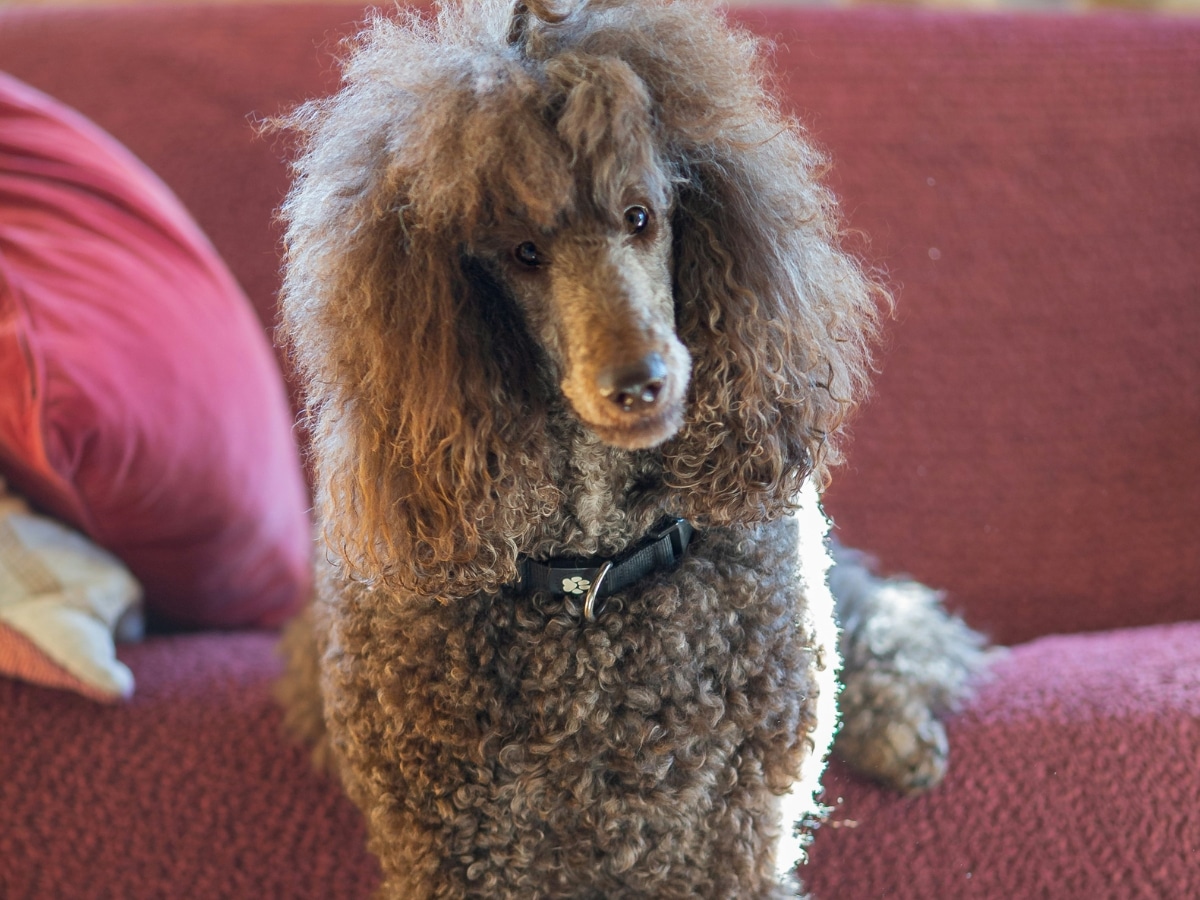
Poodle
- Size: 25 to 55 cm
- Weight: 2 to 30 kg
- Lifespan: 12 to 15 years
- Temperament: Affectionate, Intelligent, Aloof
- Training: Easy to train, very obedient
- Exercise: 30+ minutes of moderate exercise per day
- Grooming: Regular brushing, professional grooming recommended
While the breed comes in toy, miniature, and standard sizes, the ‘standard’ poodle is actually quite big by most standards. Originally a working dog, they’ve now taken on a more refined and regal connotation thanks to their often well-groomed coats and aloof attitude. But a snob this dog is not.
Poodles are a playful, respectful and highly intelligent breed that is easy to train and will be a loyal companion to their owner. However, they require regular exercise and often struggle with being separated from their humans for more than a few hours, so aren’t for everyone.
In saying that, they’re a fantastic family dog, do well around other pets, and have a hypoallergenic coat (good for the allergic out there). That coat is a double-edged sword, though, as it requires constant upkeep and professional grooming every four to eight weeks – looking that good ain’t free.
Related Stories:







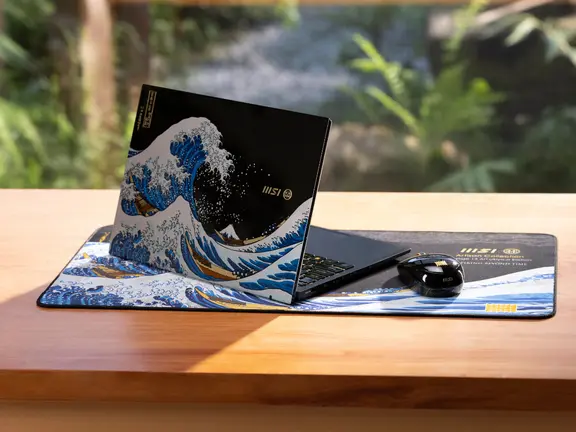













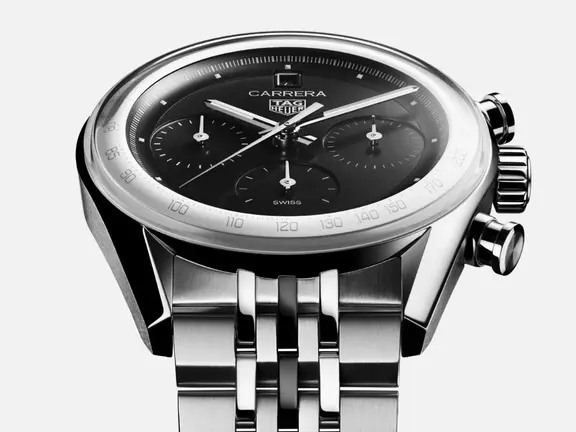













Comments
We love hearing from you. or to leave a comment.